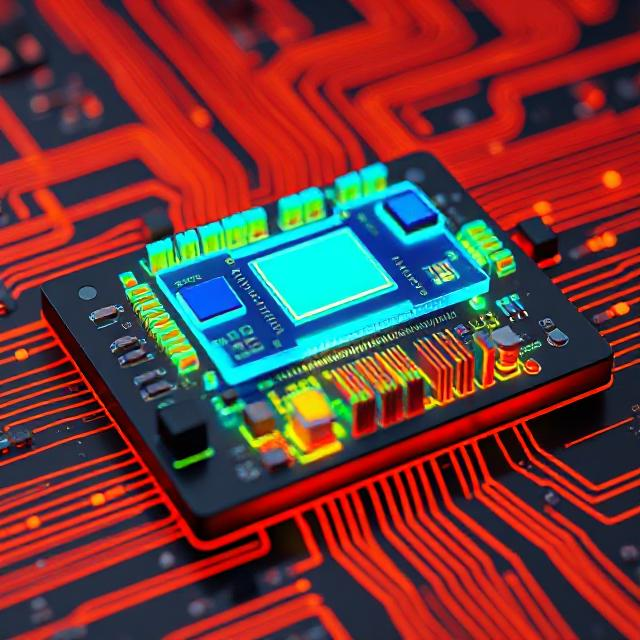In electronics manufacturing, regulatory standards and compliance are essential to ensure that products are safe, reliable, environmentally friendly, and meet legal requirements. Compliance with these standards is crucial not only to protect consumers but also to enable products to be sold in different countries and markets.

What Are Regulatory Standards?
Regulatory standards are rules and guidelines set by government agencies or international organizations that define how electronic products should be designed, tested, and manufactured. These standards cover a wide range of factors, including:
-
Safety: Prevent hazards such as electric shock or fire.
-
Electromagnetic Compatibility (EMC): Ensure devices do not interfere with each other.
-
Environmental impact: Reduce harmful substances and promote recycling.
-
Performance and reliability: Confirm the device works as intended under normal use.
Why Compliance is Important
-
Legal Requirement: Many countries require compliance with certain standards before a product can be sold.
-
Consumer Safety: Protects users from accidents or harm caused by faulty electronics.
-
Market Access: Without certifications, products cannot enter key markets like the USA, Europe, or Asia.
-
Brand Reputation: Meeting standards builds trust and credibility.
-
Avoids Penalties: Non-compliance can result in fines, recalls, or bans.
Common Regulatory Standards in Electronics
1. CE Marking (Europe)
-
Indicates a product meets EU safety, health, and environmental protection requirements.
-
Necessary for selling electronics in the European Economic Area (EEA).
2. FCC Certification (USA)
-
Ensures the product’s electromagnetic emissions do not interfere with other devices.
-
Required for electronic devices sold or used in the United States.
3. RoHS (Restriction of Hazardous Substances)
-
Limits the use of harmful materials like lead, mercury, and cadmium in electronics.
-
Promotes safer recycling and environmental protection.
4. UL Certification (Underwriters Laboratories)
-
Focuses on product safety, especially electrical and fire hazards.
-
Widely recognized in North America.
5. IEC Standards (International Electrotechnical Commission)
-
Provides international standards for electrical and electronic products to ensure quality and safety.
6. WEEE Directive (Waste Electrical and Electronic Equipment)
-
Regulates recycling and disposal of electronic waste.
The Compliance Process
Step 1: Understand Applicable Standards
-
Identify which certifications your product needs based on target markets and product type.
Step 2: Design for Compliance
-
Use materials and design methods that meet safety and environmental standards.
-
Incorporate EMC design practices to minimize interference.
Step 3: Testing and Certification
-
Perform tests in certified labs to verify compliance.
-
Testing includes electrical safety, emissions, immunity, and environmental impact.
Step 4: Documentation
-
Maintain technical files including design documents, test reports, and certificates.
-
Necessary for regulatory audits and inspections.
Step 5: Labeling
-
Mark the product with required certification marks (e.g., CE, FCC).
Challenges in Regulatory Compliance
-
Keeping Up-to-Date: Standards frequently change; manufacturers must stay informed.
-
Cost and Time: Testing and certification can be expensive and time-consuming.
-
Complex Global Requirements: Different countries have varying regulations, complicating global sales.
-
Supply Chain Compliance: Ensuring all components comply with standards.
Tips for Successful Compliance
-
Involve compliance experts early in product design.
-
Choose suppliers with certified components.
-
Use pre-tested modules to simplify compliance.
-
Plan certification timelines into your project schedule.
-
Use software tools to manage documentation.
Conclusion
Regulatory standards and compliance are not just legal hurdles but essential steps to deliver safe, reliable, and environmentally responsible electronic products. Understanding and following these standards helps manufacturers build better products, access global markets, and protect consumers, while avoiding costly penalties or recalls.











